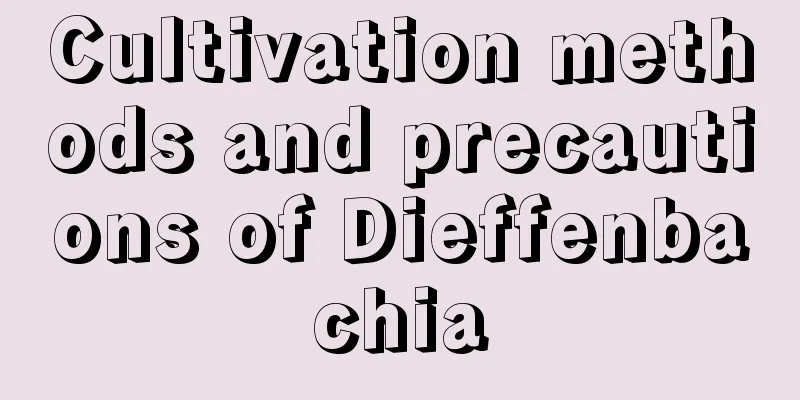Hibiscus sunflower cultivation methods and precautions

Temperature conditionsHibiscus has a strong adaptability to temperature and can withstand both cold and heat. However, in the northern winter when temperatures are particularly low, insulation measures are needed. Lighting conditionsHibiscus loves light very much. Long-term light can make it bloom vigorously. If the light time is too short, it will be difficult to grow buds and bloom normally. Fertilizer managementHibiscus does not require much fertilizer and can still grow and bloom as usual even without fertilizer. However, if some fertilizer is applied appropriately according to its growth conditions, the number and quality of flowers blooming during the flowering period can be greatly improved. This flower generally begins to sprout and grow in May. During its vigorous growth period, it is important to pay attention to fertilizing it mainly with phosphorus and potassium fertilizers. When planting new seedlings, you can first spread a layer of base fertilizer, and then plant the seedlings in. It should be noted that whether it is base fertilizer or ordinary fertilizer, it must be kept at a certain distance from the roots of the plant. Never let the fertilizer directly contact the roots of the hibiscus, otherwise it will easily burn the roots and affect the growth of the plant. Moisture ManagementHibiscus is relatively suitable for a relatively humid growing environment. During the cultivation process, attention should be paid to watering in time to keep the soil moist, and to avoid excessive drought and lack of water. If it is too dry and lacks water, it will easily cause the flower buds to wilt and fall off. Water immediately after each fertilization to keep the plant moist and prevent root burn. Pruning and maintenanceHibiscus should be pruned as soon as possible after the flowering period, and all the withered flowers, branches and seeds should be cut off. This can reduce the consumption of nutrients and increase the number of flowers next time. Every time a flower withers, it is necessary to prune it in time. If it is not pruned, the quantity and quality of the plant's flowers will gradually decrease. Pest and disease controlHibiscus often suffers from leaf spot disease, especially in the hot and humid summer, which is the most likely time to induce the disease. In addition to using some liquid medicine for spraying treatment, the more important thing to prevent and control this disease is daily prevention. Pay attention to maintaining air circulation in the environment, promptly prune branches that grow too densely, and prevent the occurrence of leaf spot disease. |
<<: The cultivation methods and precautions of variegated ball orchid
>>: The difference between Dripping Guanyin and Monstera
Recommend
How to propagate purse flowers and how to raise them
1. Breeding Methods 1. Seed propagation: The main...
What are the methods for sowing plum blossom seeds? How long does it take for plum blossom seeds to germinate?
1. Sowing method 1. Sowing time: Plum blossoms ar...
How to prepare soil for potted plants (how to prepare the best soil for potted flowers)
What kind of soil is suitable for potted plants? ...
Do roses prefer shade or sun?
Do roses prefer shade or sun? Roses are easy to g...
Should I use a tall or low pot for Christmas cactus? Is it suitable to plant Christmas cactus in a large or small pot?
When growing Christmas cactus, you should use a f...
Cultivation methods and precautions of prickly lettuce
1. Soil When growing prickly lettuce, you must be...
How to plant lotus leaves
Planting location It is best to plant water lilie...
Can ranunculus be grown indoors?
1. Can be planted Although anemone is poisonous, ...
The growing environment and local conditions of Coptis chinensis
Growth environment and conditions of Coptis chine...
When is the best time to plant lilies?
Lily , a perennial plant belonging to the Liliace...
The efficacy and function of yam
The efficacy of yam When it comes to the nourishi...
How to keep red-eared sliders in winter?
The red-eared slider , also known as the Brazilia...
Does black pine prefer shade or sun?
Does black pine prefer shade or sun? Black pine i...
Key points of wintering management technology for loach
The market prospects of loaches and eels have bee...
Does Ophiopogon japonicus prefer shade or sun?
Does Ophiopogon japonicus prefer shade or sun? Op...









